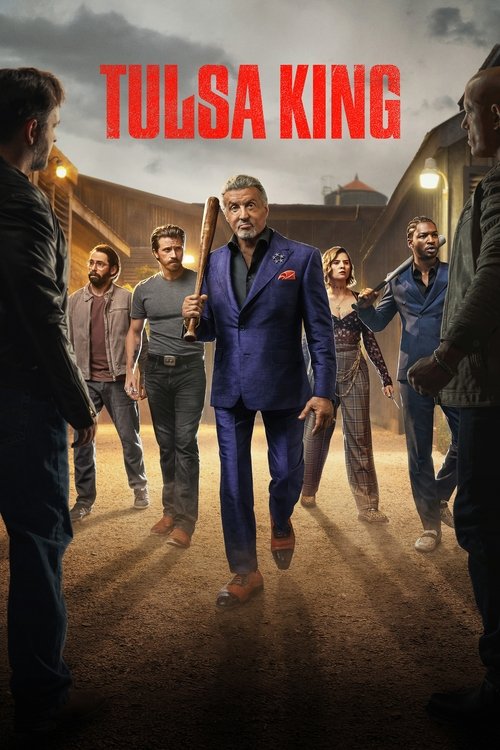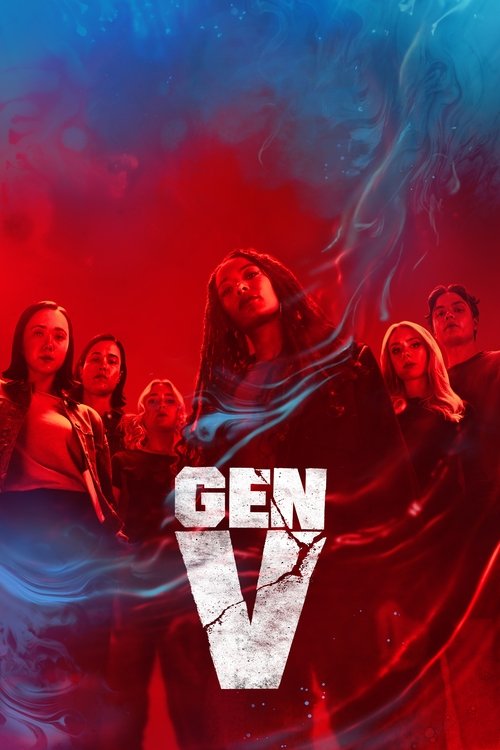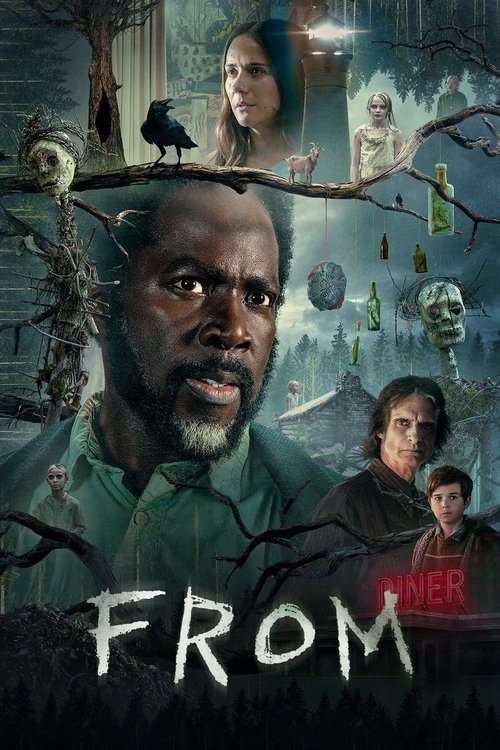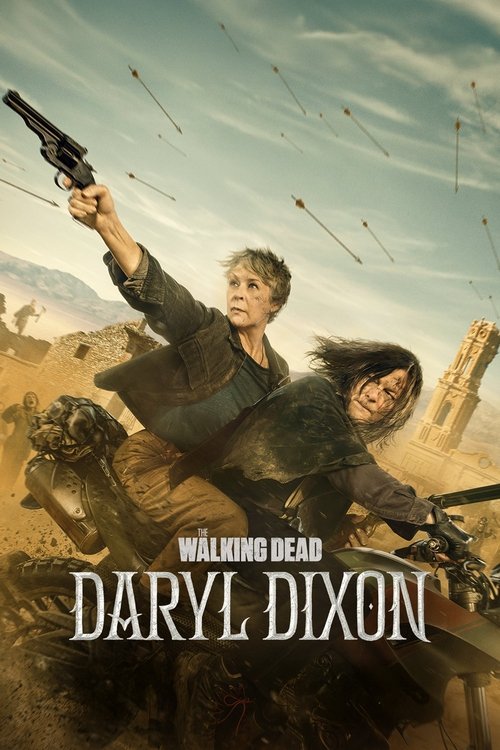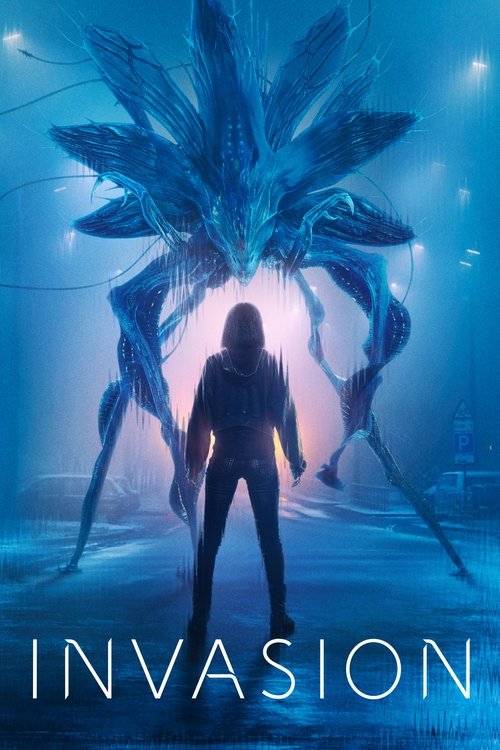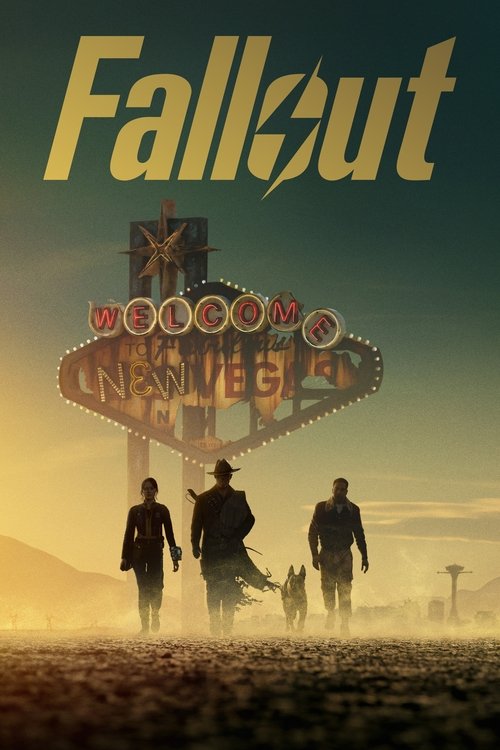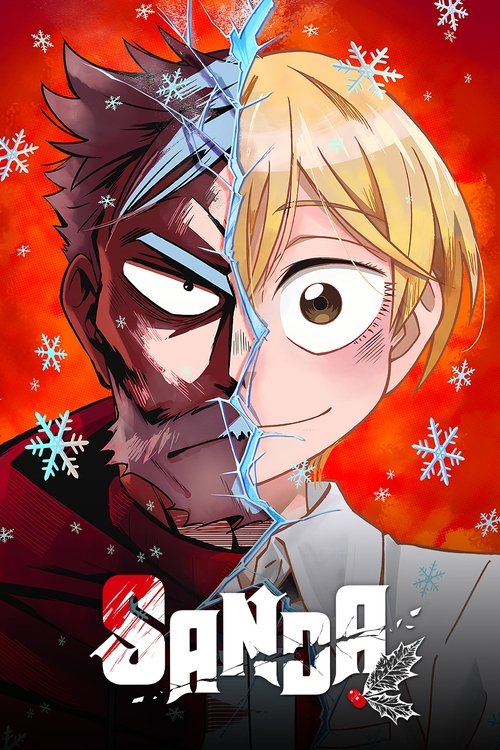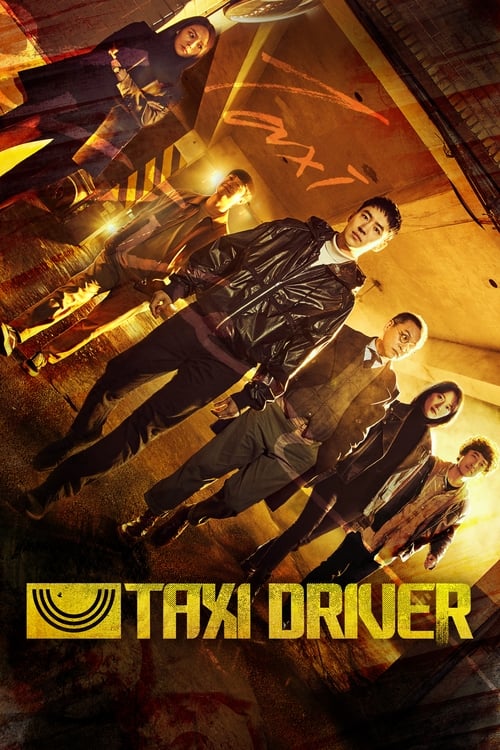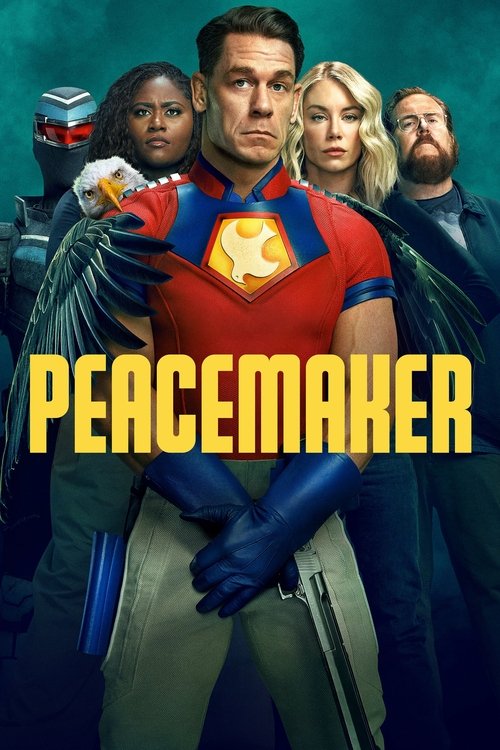
Ask Your Own Question
What is the plot?
Lieutenant Erica Ortegas begins the episode "Terrarium" with a log entry describing her solo mission to pilot a stripped-down shuttle through a region of space with unusual gravity waves to collect critical data for the USS Enterprise. The shuttle is stripped of all non-essential equipment to minimize weight, and Ortegas is alone due to these constraints.
As Ortegas pilots the shuttle through the gravity waves, her craft is suddenly pulled into a wormhole. She loses control and crash-lands on a barren, desolate planetoid orbiting a gas giant. The surface resembles a large asteroid rather than a typical moon, raising questions about its atmosphere, but Ortegas is able to breathe and survive.
After crash-landing, Ortegas begins to explore the hostile environment of the planetoid. She soon discovers she is not alone: a female Gorn pilot is also stranded there. The Gorn is a reptilian alien species previously depicted as hostile, but this pilot is similarly stranded and vulnerable.
Ortegas and the Gorn pilot cautiously approach each other, initially wary but gradually forming a fragile bond. They share resources, including food--Ortegas offers some of the guts from a large centipede-like creature they find on the planetoid. Their cooperation is essential for survival as the gas giant's radiation threatens to fry the planetoid and both of them.
Throughout their time together, Ortegas and the Gorn communicate and build trust despite their species' historical enmity. This relationship echoes the famous Star Trek: The Next Generation episode "Darmok," where communication and understanding overcome alien barriers.
Meanwhile, aboard the USS Enterprise, the crew works to locate and rescue Ortegas. They analyze the wormhole and the planetoid's orbit, preparing a rescue mission. Lieutenant Uhura modifies the rescue plan, shifting from a shuttle extraction to a direct Enterprise approach, though she fudges the success probability from 56% to 61% to convince Captain Pike to proceed.
Back on the planetoid, Ortegas and the Gorn pilot continue to survive together, sharing moments of camaraderie and mutual respect. However, when the Enterprise away team beams down to rescue them, a tragic accident occurs: the away team mistakenly kills the Gorn pilot. This heartbreaking moment underscores the fragile progress made between the two species.
Ortegas is devastated by the loss of her new friend but is successfully rescued by the Enterprise. The episode ends on a somber note, highlighting that while this small step toward peace and understanding between the Federation and the Gorn is significant, deep distrust remains.
Throughout the episode, Melissa Navia delivers a profound performance as Ortegas, capturing her trauma, resilience, and growth. The episode "Terrarium" serves as a poignant exploration of survival, friendship, and the possibility of reconciliation between long-standing adversaries.
What is the ending?
At the end of Star Trek: Strange New Worlds Season 3, Episode 9, "Terrarium," Lieutenant Erica Ortegas and the injured Gorn pilot, both stranded on a toxic moon, overcome their initial hostility and form a fragile alliance for survival. They share food, shelter, and rudimentary communication, finding common ground despite their species' enmity. Meanwhile, the Enterprise crew races against time to rescue Ortegas before the moon's toxic atmosphere becomes lethal. The episode closes on this tense but hopeful note, setting up the season finale.
The episode "Terrarium" unfolds with Lieutenant Erica Ortegas piloting a shuttle into a region of uncharted space marked by strange gravitational waves. Her mission is to deploy a sensor probe to study this volatile area. However, a sudden wormhole opens, pulling her shuttle through and forcing a crash landing on a barren, toxic moon orbiting a gas giant. The moon's elliptical orbit causes its surface to be periodically swept by deadly gases, making survival precarious.
Ortegas quickly assesses her dire situation: the shuttle is damaged, communication with the Enterprise is lost, and the environment offers little food or shelter. She begins to rely on her training to find sustenance and shelter, preparing for a race against time.
Soon, Ortegas discovers she is not alone. A badly injured Gorn pilot has also crash-landed on the same moon. Despite the long-standing enmity between their species, the Gorn unexpectedly saves Ortegas from a large centipede-like creature, then shares meat with her. This act of kindness surprises Ortegas and marks the beginning of a tentative truce.
The two stranded pilots gradually learn to coexist. They share food and shelter, communicate through rudimentary gestures and games, and teach each other aspects of their cultures. This mutual cooperation contrasts sharply with their initial hostility and the violent reputation of the Gorn, highlighting a theme of understanding and empathy beyond prejudice.
Back on the Enterprise, Captain Pike and the crew face their own challenges. They push the limits of their mission timeline, with Uhura notably breaking protocol to aid in the rescue of Ortegas. The tension builds as the toxic atmosphere of the moon threatens to become lethal with each passing orbit.
The episode ends without a full resolution of Ortegas's fate but with a hopeful tone. The alliance between Ortegas and the Gorn pilot symbolizes a breaking down of barriers and sets the stage for the season finale. The presence of the mysterious Metrons is hinted at, suggesting their involvement in orchestrating this encounter, echoing the classic Star Trek "Arena" episode but with a fresh perspective.
In terms of character fates at the episode's close:
- Erica Ortegas remains stranded but alive, having formed a fragile friendship with the Gorn pilot.
- The Gorn pilot is also alive, injured but cooperative, sharing survival resources with Ortegas.
- Captain Pike and the Enterprise crew are actively working to rescue Ortegas, with Uhura taking significant risks to save her.
The episode's ending emphasizes survival, cooperation, and the dismantling of long-held prejudices between enemies, leaving viewers anticipating the resolution in the next episode.
Is there a post-credit scene?
No, Star Trek: Strange New Worlds season 3 episode 9 titled "Terrarium" does not have a post-credits scene. Star Trek series, including this one, generally do not include post-credits scenes, and this episode follows that pattern with no additional scenes after the credits roll.
The episode ends with the main story resolution involving Lt. Erica Ortegas and the stranded Gorn, followed by the Enterprise crew's response and the Metron's explanation, but no extra scene after the credits.
What challenges does Lieutenant Ortegas face after crash landing on the toxic moon in 'Terrarium'?
After crash landing on a barren, toxic moon with an elliptical orbit that exposes its surface to poisonous gas, Lieutenant Ortegas faces multiple survival challenges including lack of food and water, inability to communicate with the Enterprise, and dangerous native creatures such as a large centipede-like predator. She must rely on her training and resourcefulness to find shelter and sustenance in this hostile environment.
How does the relationship between Ortegas and the Gorn pilot develop throughout the episode?
Initially enemies stranded together, Ortegas and the injured Gorn pilot gradually form a bond of mutual survival and understanding. The Gorn unexpectedly saves Ortegas from a deadly creature and shares food with her. They learn to communicate rudimentarily, share shelter, and teach each other games from their cultures, evolving from wary co-survivors to something resembling friendship despite their species' historic enmity.
What role do the Metrons play in the episode 'Terrarium'?
The Metrons, an ancient and luminous alien species, appear to Ortegas during a frozen moment in her transport beam. They reveal that they forced the human and Gorn together as an experiment to see if these 'barbaric' species could overcome their hostility and survive cooperatively. The Metrons view the developing bond between Ortegas and the Gorn as hopeful but decide they need more data to determine if peace is possible, indicating they might reset Federation perceptions of the Gorn.
What is the significance of the Gorn's behavior in this episode compared to previous portrayals?
Unlike prior depictions of the Gorn as vicious, one-dimensional monsters, this episode adds depth and nuance by showing a Gorn pilot capable of kindness, cooperation, and emotional connection. This portrayal challenges previous stereotypes and aligns with the franchise's message that outward differences do not define moral character, marking a meaningful step toward reconciliation between humans and Gorn.
How does the episode 'Terrarium' end regarding the fate of the Gorn and Ortegas?
Despite their growing friendship and successful survival on the moon, the episode ends tragically when the Enterprise away team beams down and mistakenly kills the Gorn. Ortegas is left devastated by this loss, underscoring that while progress toward peace is possible, deep-seated distrust and conflict remain. The episode closes on a bittersweet note, emphasizing that this is only a first step in overcoming enmity between their species.
Is this family friendly?
The episode "Terrarium" from Star Trek: Strange New Worlds Season 3 is generally family friendly with a TV-PG rating, indicating it is suitable for most children with parental guidance. It contains mild violence typical of Star Trek, such as conflict and survival situations involving characters stranded on an alien planet, but no graphic gore or intense brutality is reported. The episode focuses on themes of understanding and cooperation between enemies rather than explicit violence.
Potentially upsetting or sensitive aspects for children or sensitive viewers might include:
- Scenes of conflict or tension between characters, including a "nightmare scenario" for a pilot and survival challenges on a hostile planet.
- Mild sci-fi action and combat elements consistent with Star Trek's usual style, but without graphic blood or gore.
- Emotional intensity and moments of character vulnerability, which might be intense but are handled with nuance and depth.
There are no reports of sexual content, strong language, or disturbing imagery in this episode. Overall, "Terrarium" is suitable for family viewing with mild caution advised for very young or sensitive children due to thematic tension and mild sci-fi conflict.











